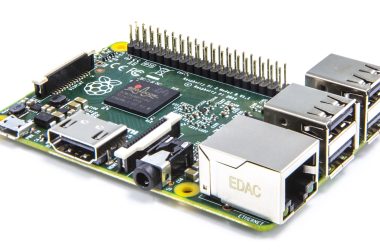Table of Contents Show
It is interesting to realize that Google, the company that is now synonymous with search engines started as an academic venture. Google was initially a research project undertaken by its two foundersâLarry Page and Sergey Brin in 1996. At the time, they were Ph. D. students at Stanford University California.
Academia has often spearheaded some of the greatest technological breakthroughs in human history. It is the marrying of these two sectors, academia and industry that forms the foundation of breathtaking innovations.
The robot industry has benefitted a lot from academia over the years, and the collaboration continues.
The US Robotics Roadmap
The Roadmap is a report prepared by world-class researchers hailing from recognized robotic universities in the United States.
The report was first presented to Congress in 2009, then again in 2013 and 2016. The report maps the present and the future of robotics. Though it focuses on the United States, the findings are usually a good representation of the state of robotics across the world.
The 2009 report focused on three significant industries where the robotics industry could make a massive impact.
- Manufacturing
- Medical robots.
- Service Robots.
As of 2014, there were 5,000,000 Service robots and 3,000 Surgical robots. A direct response to the industries identified.
Research Trends in Collaborative Robots Identified in The 2016 Robotics Roadmap
1. Robotic Arms Safe for Humans.
Over the years there has been a substantial shift from rigid industrial robots to collaborative robots. The current trend is robotic arms or co-bots that can work hand in hand with humans.
The most prominent issue with past robots that were not collaborative was that they had to be put in specialized cages for the safety of the human workers. Collaborative robots were, therefore, an attempt to address this problem.
Collaborative robots have come a long way and are considered safe to a certain extent. However, the safety element is not yet 100%. In Universal Robots’ day to day dealings with clients, for instance, we always insist that safety is subject to an assessment we have to carry out first before implementation.
Academia predicts that 100% safety is one of the issues that will be ensured in the coming few years.
2. The Need for a Standard Interface Design
The report identified the need for a standard interface design that can handle complex tasks while remaining simple enough such that even the least experienced operator is comfortable.
The report further theorizes that the next couple of years will probably see the development of standard tools that the end user can easily manipulate in a bid to come up with their interface.
3. True Collaboration
What the world currently identifies as collaborative robots are collaborative in the loosest meaning of the word. The collaboration involves simple tasks like removing objects from the robot’s workspace.
However, there is a feeling across the board, in both academia and industry that the next 10-15 years will see the advent of real collaborative robots. Robots that perform complex tasks hand in hand with humans and can adapt to the ever-changing needs of a given task.
How Academia Contributes
Fresh perspectives. The biggest advantage academics have is that they are not part of the industry. They are therefore able to look at problems from an outside angle that those in the industry might miss.
Academics are not constrained by what exists; they can look far into the future and come up with the unlikeliest of ideas. Academics have the freedom to take more significant risks and to look for compelling solutions. This is not always possible for those in the industry that must take profitability into account.
Final Word.
There were more exciting trends identified by the 2016 roadmap. The common factor that persisted was that the collaboration between academia and universal robotics was vital if the robotics industry was to move to the next level.








